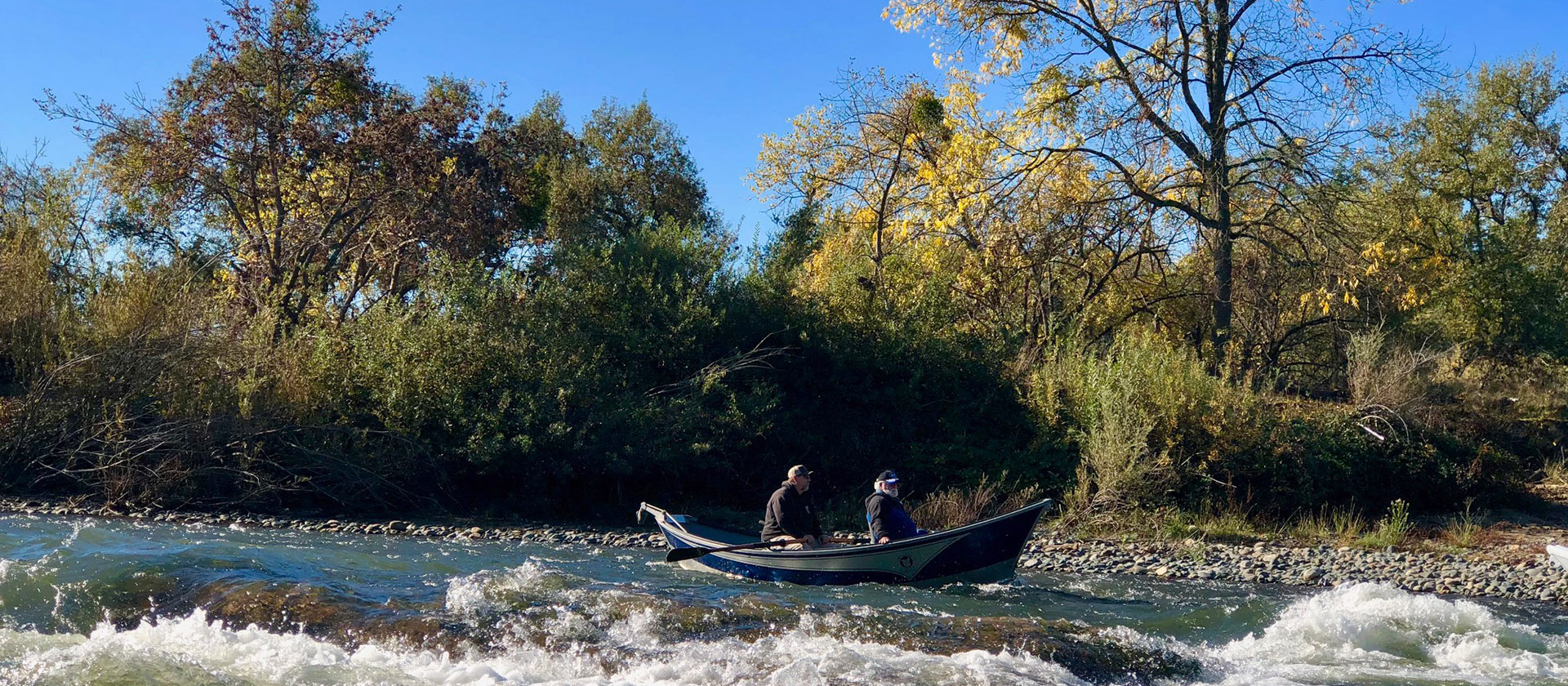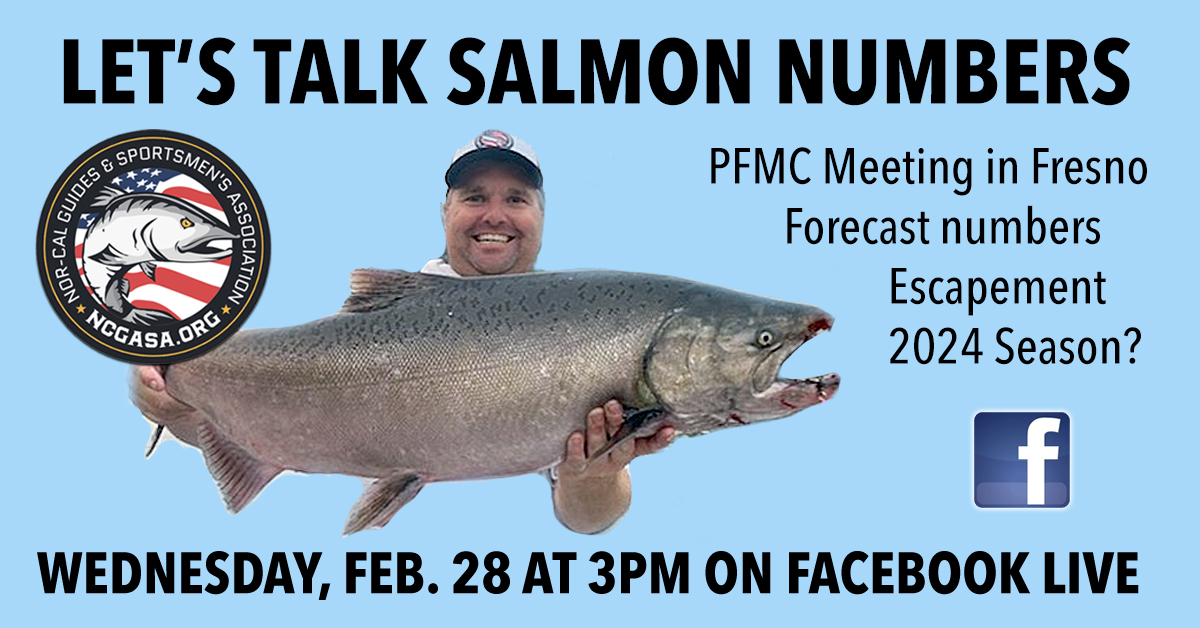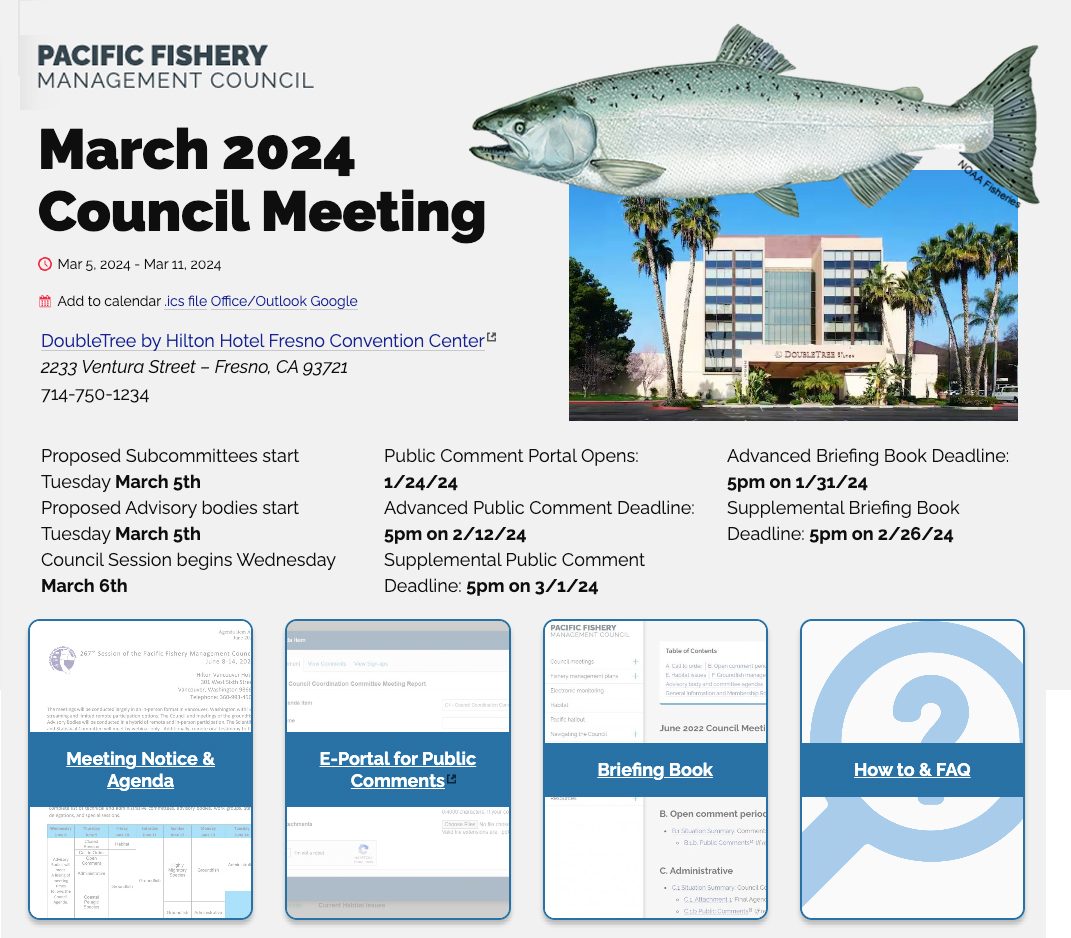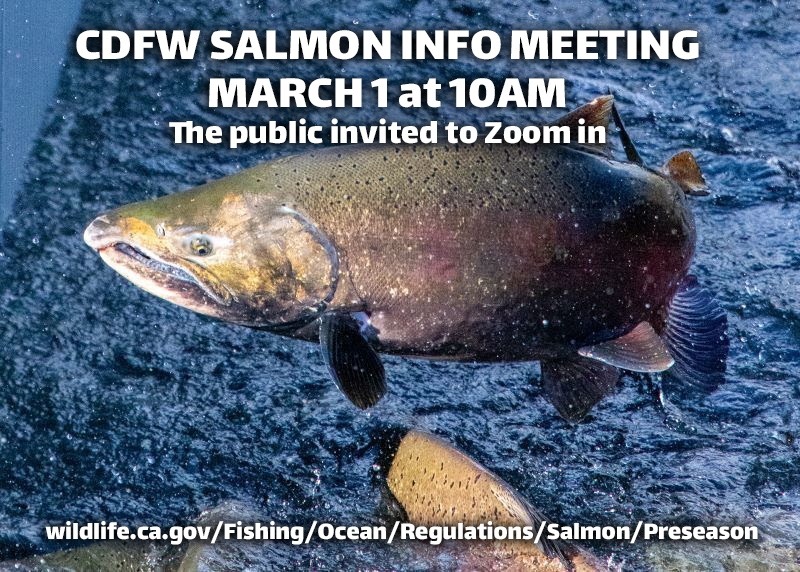Hatcheries to raise more smolts for release into Feather and American River, additional money for salmon and hatchery infrastructure
Friday, Oct. 7, 2022
SUTTER, CA — There’s some good news for sportsmen and women who enjoy salmon fishing on the Sacramento tributaries. California Department Fish & Wildlife (CDFW) recently announced they intend to raise 1.75 million more smolts at the Oroville’s Feather River Hatchery and intend to raise 500,000 more smolts for potential release at the Nimbus Fish Hatchery (pictured below). The Nor-Cal Guides and Sportsmen’s Association (NCGASA) has been advocating for increased fish production as well as fry release programs for many years as fish populations have been trending down due to various factors.
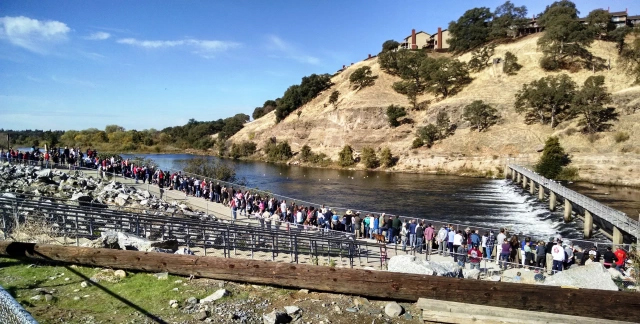
The Feather River Hatchery (pictured below) is tasked with releasing fish into the Feather River, San Pablo Bay, and San Francisco Bay. Nimbus releases fish on the American River. Nimbus will raise the 500,000 extra fry for a three year study utilizing parental based tagging.

The Mokelumne River Hatchery that raises Chinook salmon and steelhead for its own river looks to have lower salmon returns this year. The CDFW is willing to transfer eggs from the Nimbus hatchery to make sure that they meet all mitigation and enhancement.
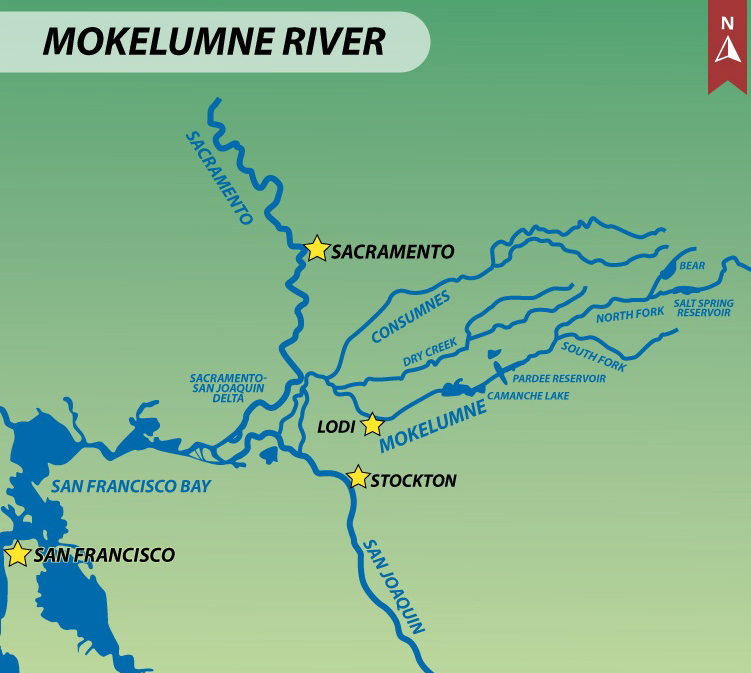
Additionally, $100 million was given to CDFW for salmon recovery efforts and $17 million in this year’s California state budget was added for hatchery maintenance. The funds will be funneled into critically important salmon habitat projects and research, while the hatchery funding will be used to support the above mentioned increased production, replacement of failing equipment and new investments like circular tanks. Finally, CDFW is planning to start a hatchery climate resiliency study to see how their department can better prepare for warmer conditions. More fund details are to be determined in the next few months and NCGASA will be engaged in helping to evaluate where the money is spent.
In not so good news, thiamine deficiency continues to be a problem with hatchery-raised Chinook salmon in the Central Valley. Most of these fish are being treated at the hatcheries in which they are arriving, but the cause and a permanent solution continue to be elusive for now.
Finally, the Spring salmon run return to the Trinity River Hatchery this year was the highest on record since the 1980s. The CDFW is also currently looking into trucking programs to move adult fall run salmon above Oroville Dam and Trinity Dam to increase survival of juveniles through natural spawning, before collecting them and releasing them back downstream.
NCGASA continues to stay involved and attends CDFW meetings as we continue to raise questions about proper hatchery management and what can be done to increase fish populations in the state. NCGASA is committed to continue to fight and be the voice of our membership which includes area fishing guides to ensure that we have sustainable fisheries for future generations of anglers.
James Stone
NCGASA.org Executive Director
jstone@savannah.ncgasa.org



